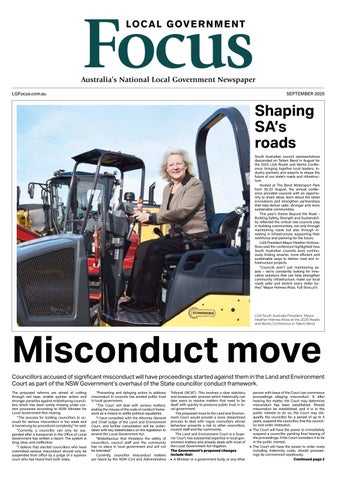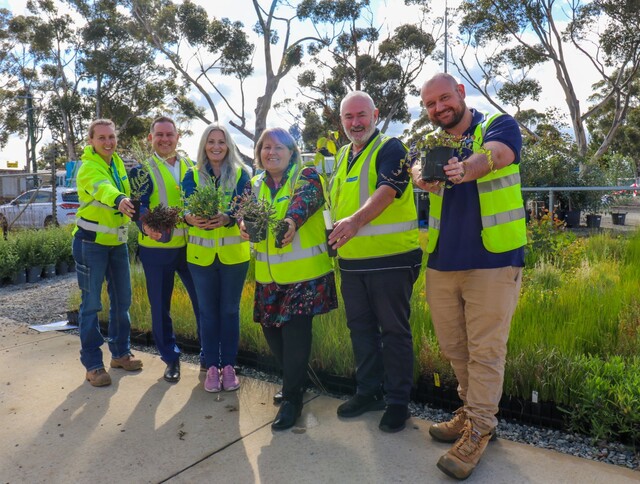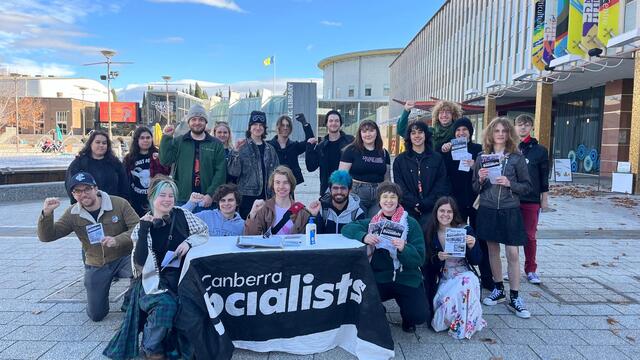The Jawoyn people of the Katherine region of the Northern Territory have recently launched their first five year plan. The Plan sets out a comprehensive proposal for economic development consistent with the social and cultural needs of the region’s inhabitants.
In the early 1980s, the Jawoyn people began to pursue land claims with the objective of establishing an independent economic base to sustain their community. Since then, the Association has worked to gain a significant stakeholding in major mining and other investment projects in the region.
The new Plan is the culmination of nearly 20 years of work to achieve control of their land and future. At the launch of the Plan, the Jawoyn Nation expressed the view that while land rights are essential for religious and cultural reasons they are also essential to establish a livelihood.
The Jawoyn Plan states, “We need land so we might once more be economically independent. Land ownership is the principal goal of all economic systems. We ask that non Indigenous Australians share with us in a future based on respect and equity in our moves towards independence.”
Noting that while the area immediately around Katherine is highly developed compared to the rest of the 44,000 square kilometre region, the Jawoyn Association is adamant that economic development should not be seen separately from the need for social and cultural development.
Hence programs for economic development will also include parallel health and housing plans, profit sharing arrangements to ensure even distribution of benefits gained and training programs will enable fuller participation in economic activity.
Enterprises partly owned and operated by the Jawoyn people include mining development and tourism ventures. Included in the five year plan is a proposal to develop community based enterprises supporting communities which do not wish to relocate to the areas where employment is available such as mining sites.
Traditional lands will be protected via the development of a land management policy to protect the land for future generations.
Importantly, the Association is committed to maintaining and improving its negotiation and representation in all levels of government and with industry. The Plan will also be flexible to meet changing needs and circumstances through an annual cycle of planning and review.







